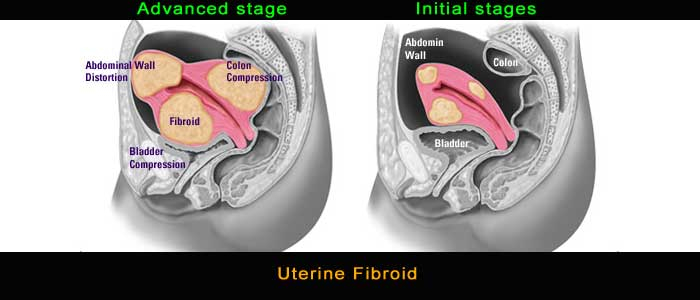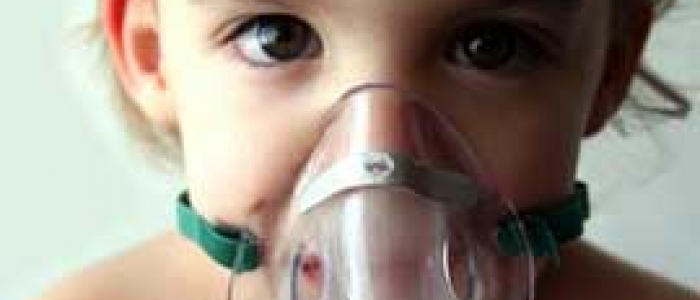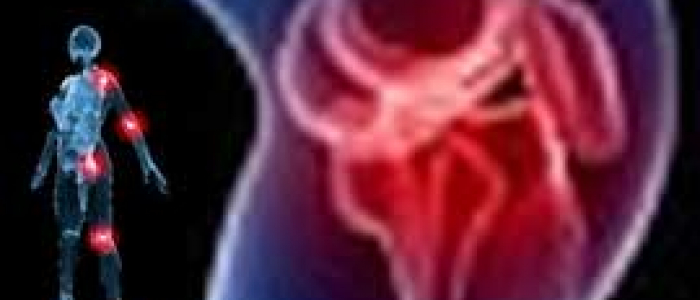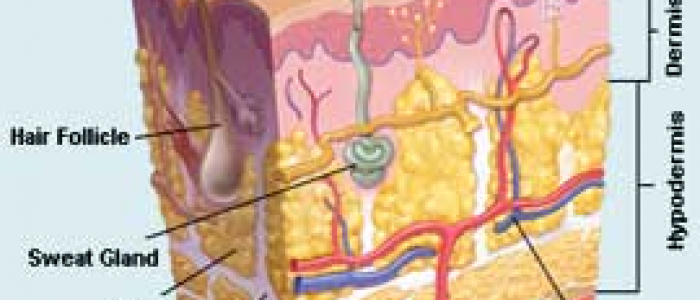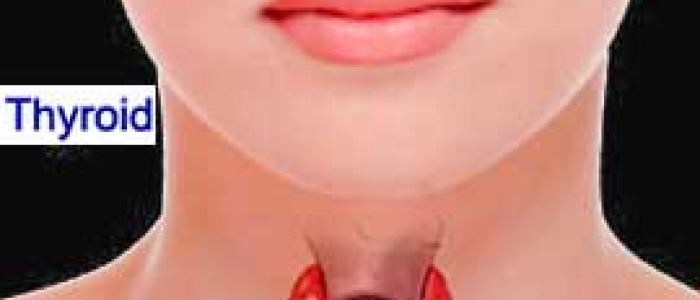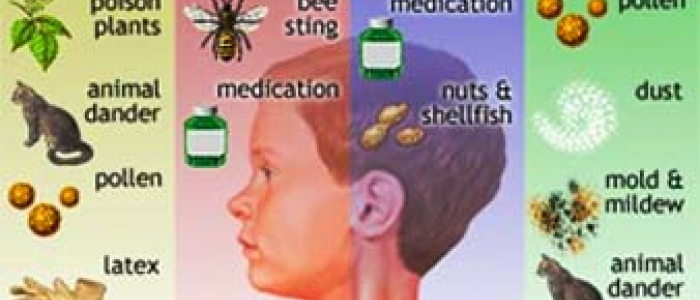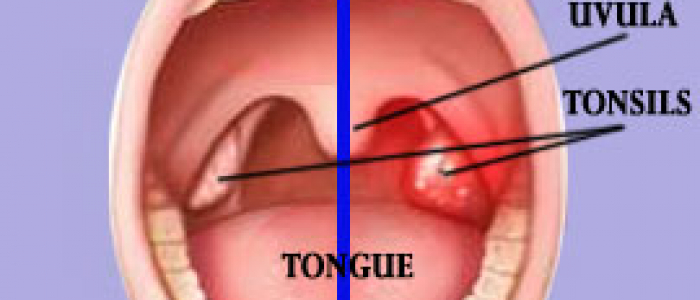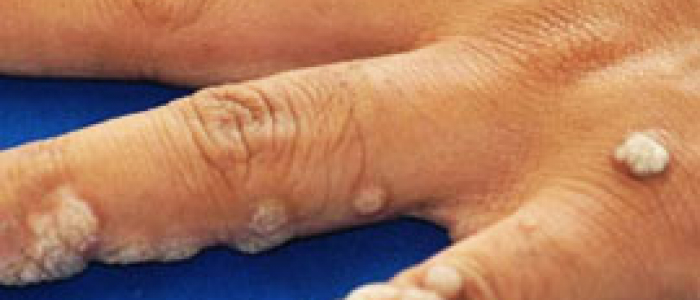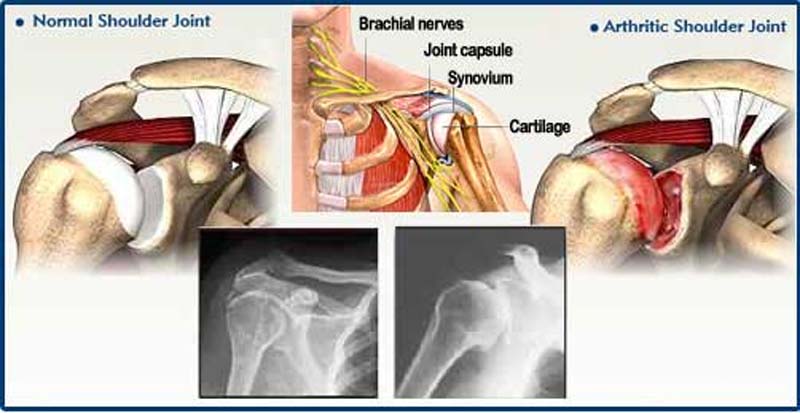
Although most people think of the shoulder as several joints, there are really two joints in the area of the shoulder. One is located where the collarbone (clavicle) meets the tip of the shoulder bone (acromion). This is called the acromioclavicular or AC joint. The junction of the upper arm bone (humerus) with the shoulder blade (scapula) is called the glenohumeral joint. Both joints may be affected by arthritis. To provide you with effective treatment, your physician will need to determine which joint is affected and what type of arthritis you have.
Signs and symptoms
The most common symptom of arthritis of the shoulder is pain, which is aggravated by activity and progressively worsens. If the glenohumeral shoulder joint is affected, the pain is centered in the back of the shoulder and may intensify with changes in the weather.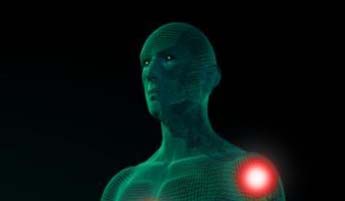 The pain of arthritis in the acromioclavicular joint is focused on the front of the shoulder. Someone with rheumatoid arthritis may have pain in all these areas if both shoulder joints are affected.
The pain of arthritis in the acromioclavicular joint is focused on the front of the shoulder. Someone with rheumatoid arthritis may have pain in all these areas if both shoulder joints are affected.
Limited motion is another symptom. It may become more difficult to lift your arm to comb your hair or reach up to a shelf. You may hear a clicking or snapping sound (crepitus) as you move your shoulder. As the disease progresses, any movement of the shoulder causes pain. Night pain is common and sleeping may be difficult.
Diagnosis
A physical examination and X-rays are needed to properly diagnose arthritis of the shoulder. During the physical examination, your physician will look for:
- Weakness (atrophy) in the muscles
- Tenderness to touch
- Extent of passive (assisted) and active (self-directed) range of motion
- Any signs of injury to the muscles, tendons, ligaments surrounding the joint
- Signs of previous injury
- Involvement of other joints (an indication of rheumatoid arthritis)
- Crepitus (a grating sensation inside the joint) with movement
- Pain when pressure is placed on the joint
- X-rays of an arthritic shoulder will show a narrowing of the joint space, changes in the bone, and the formation of bone spurs (osteophytes)
Treatment
Before going to a doctor you may try the following:
- Rest or change activities to avoid provoking pain. You may need to modify the way you move your arm to do things.
- Physical therapy
- Moist heat
- Ice the shoulder for 20 to 30 minutes two or three times a day to reduce inflammation and ease pain



